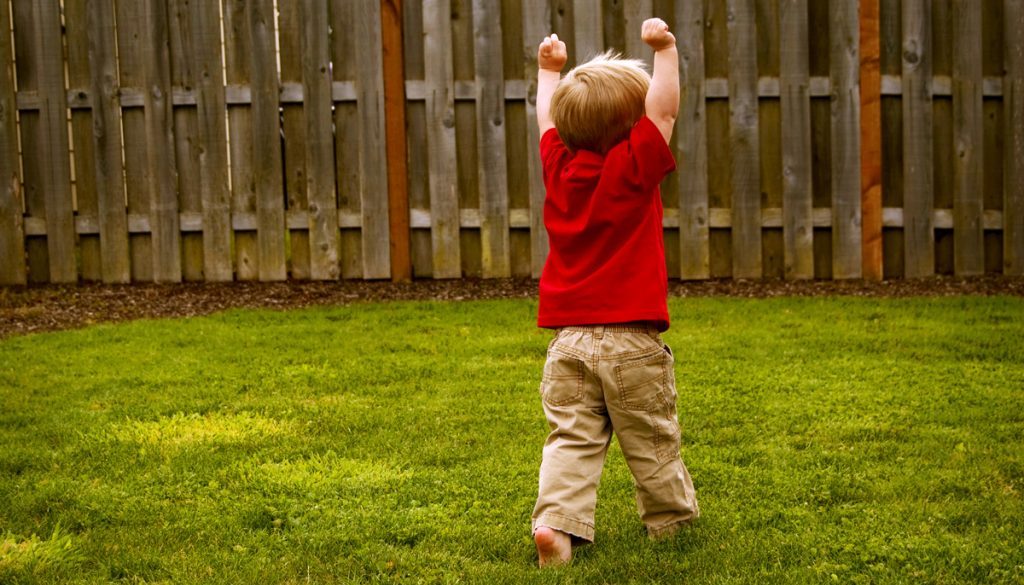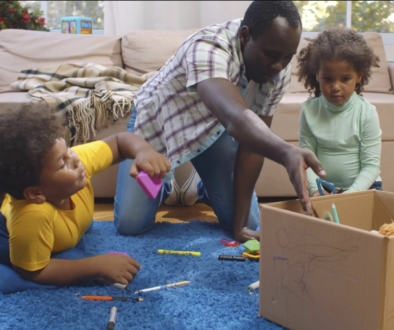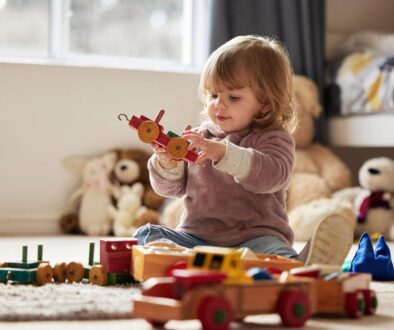Specific Praise

We certainly have the best intentions when we tell children that they are doing a “good job,” but we are missing an important teachable moment. Toddlers don’t understand what doing a good job means because we are not telling them what they are doing correctly and why we love it! When you give your child very specific praise, you are letting your child know that you love what they are doing at that exact moment and your chance of seeing that behavior again increases!
What does specific praise mean?
- Specific praise may be a simple statement that can be easily observed.
• “Wow! You put all the pieces in the box!”
• “I love how you lined up all of your cars!” - Praise something that was earned, usually through hard work.
• “Your room looks wonderful! You did an excellent job putting your cars away and putting your books on the shelf!” - Be specific in your praise. This way your child knows what you love and what you want to see again!
• “You are working so hard on putting all the pieces in the puzzle.”
• “I love how you and your sister are playing together using kind hands and loving words!” - Praise is best when it is used sparingly.
• If we say things over and over again, it might lose meaning. Try not to repeat the same compliments with your child.
Here are some more examples of different types of praise:
- Encouragement: With this type of praise, you are praising the outcome and not the process. You are focusing on the behavior you want to see and commenting on the positive outcome.
• “Thank you for cleaning the playroom, that was so helpful to me!” - Mirroring: Show an interest in what your child is doing. This will build their confidence and open lines of communication between you and your child.
• “I love the colors you are using in your drawing! Can you tell me about your picture?” - Questioning: This can be very similar to mirroring. You are asking your child to tell you about the process of what they are doing. Again, you are showing genuine interest in your child and telling them that they are important.
• “How did you pick those bright colors for your drawing?” - Listening: Allowing your child to speak while on their level and engaging in eye contact conveys the message that they are important and what they are telling you matters. This might not sound like praise, but it is an incredible powerful motivator for children.”
- Rewarding: This is not about giving them a toy or a reward. Instead, this means giving your child praise about something they may have struggled with. You are showing your child that they have so much worth!
• “You improved your math grade so much since your last report card. You worked so hard and never gave up! I am incredibly proud of you.” - Reinforcement: This is as simple as asking for more of the behavior.
• “I loved the way you got your sister to laugh. Can you show me how you did it?”
• “I loved the song you sang at school. Can you sing it again?”
We hope these tips will give you new ideas for praising your child! Try them out for a few days and tell us how your child reacted to specific praise. We love hearing your stories!





